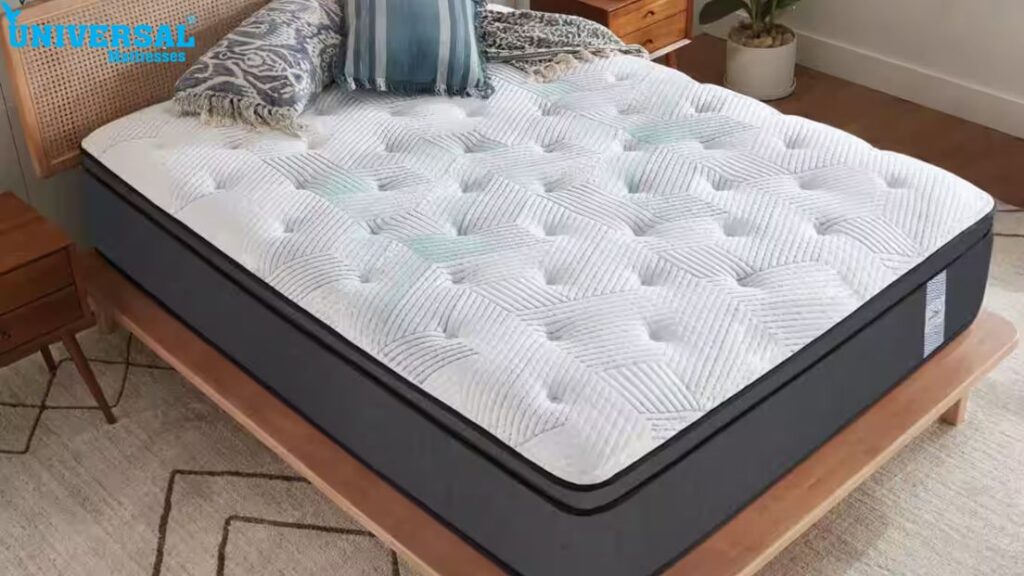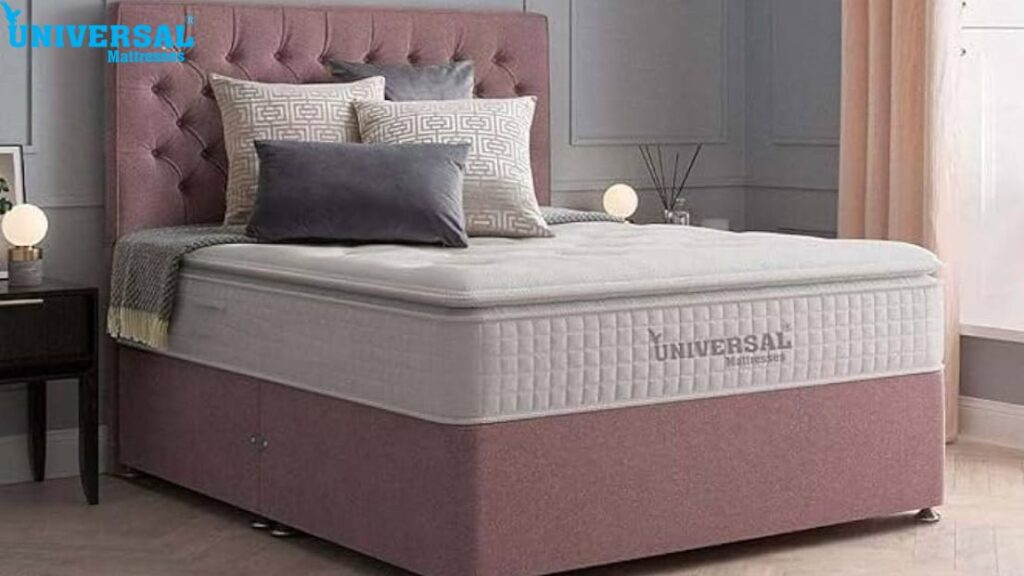
Without having to invest in an entirely new mattress, a mattress topper is a fantastic way to enhance the comfort and support of your bed. Among the most popular choices are memory foam mattress toppers and latex mattress toppers. But which one is better suited for your needs? In this blog, we will compare the two materials in terms of comfort, support, durability, breathability, and cost, to help you make an informed decision.
Understanding Latex and Memory Foam
Latex Mattress Toppers
Latex mattress toppers are made from either synthetic latex or natural latex, which is derived from rubber trees. Natural latex is known for being resilient and durable, as well as hypoallergenic and environmentally friendly. Latex offers a bouncy, responsive feel, making it easier to move around during sleep.
Memory Foam Mattress Toppers
Originally developed by NASA, memory foam is a polyurethane-based material designed to contour to the body. Known for its ability to relieve pressure points, memory foam mattress toppers help distribute weight evenly and are excellent at alleviating pressure on sensitive areas.
1. Comfort and Support
Latex Toppers
Latex is buoyant and responsive, offering a firmer level of support than memory foam. It provides a more solid and resilient sleep surface without excessive sinking. If you prefer a less contoured feel, latex is an excellent choice.
Memory Foam Toppers
Memory foam conforms to your body, relieving pressure from the hips, back, and shoulders. This makes it ideal for those with joint pain or who require extra cushioning. However, memory foam can feel overly soft and restrictive for those who prefer more mobility during sleep.
Winner: If you prefer a body-hugging feel with significant pressure relief, memory foam is the superior option. However, if you need more firm, resilient support, latex is the better choice.
2. Durability and Longevity
Latex Toppers
Latex is incredibly durable and typically lasts between 7 and 10 years. It maintains its shape over time and resists sagging. Natural latex tends to have a longer lifespan than synthetic latex.
Memory Foam Toppers
Memory foam generally lasts between 3 and 5 years, depending on its density and quality. Over time, it can develop body imprints and may start sagging. High-density memory foam typically holds up longer than lower-density options.
Winner: Latex is the superior option for those prioritizing durability and longevity.
3. Temperature Control and Breathability
Latex Toppers
Latex has an inherently breathable open-cell structure, which helps dissipate heat. This makes it a great choice for people who sleep hot or live in warmer climates.
Memory Foam Toppers
Memory foam, especially traditional foam, tends to retain heat. While gel-infused or ventilated memory foam options help with airflow, they still may not be as cool as latex.
Winner: Latex is the better option for breathability and cooling.
4. Motion Isolation
Latex Toppers
Latex offers some degree of motion isolation, but it is not as effective as memory foam. The slight bounce in latex can transfer motion, which may disturb a sleeping partner.
Memory Foam Toppers
Memory foam excels in motion isolation, absorbing movement effectively. This makes it an excellent choice for couples who are light sleepers and need minimal disturbances.
Winner for Motion Isolation: Memory foam takes the lead in motion isolation.
5. Environmental Friendliness and Hypoallergenic Properties
Latex Toppers
Natural latex is hypoallergenic, mold-resistant, dust mite resistant, and antibacterial. It is an excellent choice for people with allergies. Additionally, latex is biodegradable and more environmentally friendly than synthetic materials.
Memory Foam Toppers
Memory foam is often made with chemicals that can cause off-gassing, especially in low-quality products. While it can be hypoallergenic, it’s not as eco-friendly as latex, and some individuals may be sensitive to the chemicals in memory foam.
Winner: Latex is the superior choice for those seeking an eco-friendly and hypoallergenic material.
6. Cost Comparison
Latex Toppers
Due to natural sourcing and durability, latex mattress toppers tend to be more expensive than memory foam. Prices typically range from $100 to $400, depending on thickness and quality
Memory Foam Toppers
Memory foam is generally more affordable, with prices ranging from $50 to $200, making it a more budget-friendly option.
Winner: Memory foam is the more economical choice.
7. Which One Should You Choose?
Choose Latex if:
- You prefer a firmer, more supportive sleep surface.
- You tend to sleep hot and need better breathability.
- Durability and long-lasting support are important to you.
- You are environmentally conscious or have allergies.
Choose Memory Foam if:
- You love sinking into your mattress for a soft, body-hugging feel.
- You need more pressure relief for joint pain.
- Motion isolation is important to ensure a restful night’s sleep.
- You are on a budget and need an affordable solution.
Conclusion
There is no definitive “better” choice; both memory foam and latex mattress toppers have their own unique benefits. Your decision ultimately depends on your preferences, budget, and sleep needs. Latex is ideal for durability, breathability, and eco-friendliness, while memory foam is perfect for those seeking softness, pressure relief, and motion isolation at a more affordable price.
When selecting a mattress topper, consider the thickness, firmness, and brand reputation to ensure you’re choosing the right product for your specific needs. Whether you opt for a latex vs memory foam mattress, adding a high-quality topper can significantly enhance your comfort and sleep experience!


